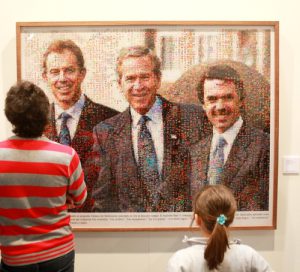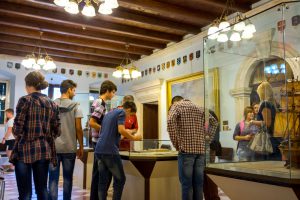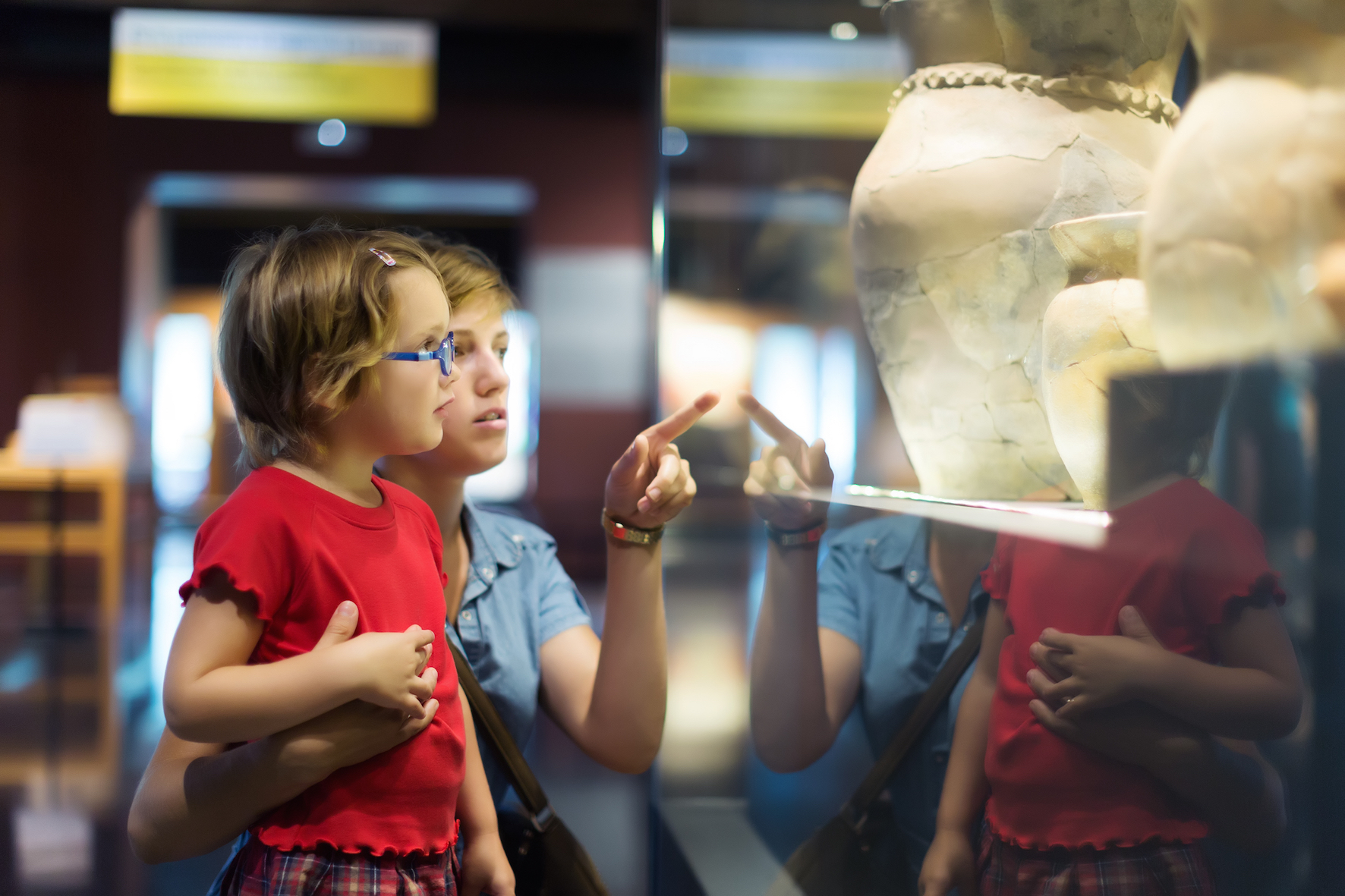As a museum educator, it can sometimes prove difficult to balance the limitless information held within the museum and its collections, and the constructivist museum approach that affirms the visitor’s contribution as valid.
Recently, I wrote a post about why parental participation in family museum visits matters to the entire family’s museum and learning experience. In this post, we will focus more on how to encourage participation in general and why this is essential to the museum visitor experience.
It is about connecting people with museum objects and making the content of the museum relevant to the visitor. Gently inform visitors why they are participating in this activity and what they will gain from it. As Nina Simon says, ‘by providing twenty seconds of context, the task becomes relevant’ (Simon 2016, p. 166). Additionally, each routine should be chosen for a specific reason, to stimulate thought and generate conversation about certain museum objects.
So how can we use Visible Thinking practices and routines to encourage visitors to participate more actively during their museum visit?
-
Connect with Visitor’s Prior Knowledge and Preferences
 We can connect museum content with visitors’ prior knowledge and preferences — by, for example asking questions about their interests, passions, and hobbies, for example. A study at Jerusalem’s Nature Park reveals that ‘a few minutes spent learning about participants at the beginning of a tour can significantly enhance visitors’ experiences’ (Simon 2016, 108). This is important because it builds upon their previous knowledge and piques their interest in the museum content. Of course, museum educators do not have the power to change museum content to fit each visitor’s preferences, but parallels can be drawn or even contradictions can be made (e.g. showing the loose brushwork of late Rembrandt to visitors who dislike modern art can dislodge their preconceptions) to revisit visitors’ opinions and knowledge.
We can connect museum content with visitors’ prior knowledge and preferences — by, for example asking questions about their interests, passions, and hobbies, for example. A study at Jerusalem’s Nature Park reveals that ‘a few minutes spent learning about participants at the beginning of a tour can significantly enhance visitors’ experiences’ (Simon 2016, 108). This is important because it builds upon their previous knowledge and piques their interest in the museum content. Of course, museum educators do not have the power to change museum content to fit each visitor’s preferences, but parallels can be drawn or even contradictions can be made (e.g. showing the loose brushwork of late Rembrandt to visitors who dislike modern art can dislodge their preconceptions) to revisit visitors’ opinions and knowledge.
2. The Level Playing-Field
Visible Thinking can be used to meet visitors on their own terms, while still allowing them to participate. Although visitors may not know anything about Mondrian, they can certainly observe and describe the colours that he has used in a painting, giving them the autonomy to observe, describe, and judge paintings on their own terms. We term this the ‘level playing-field’ – where everyone feels that they can contribute to a discussion in a museum regardless of age, background or ability.
3. Provide building blocks
By focusing on themes throughout a guided tour, museum educators can also return to certain tropes or elements of a theme. Visitors can then act as the expert, as they have been exposed to and have experienced these concepts before; in this way, docents can move concepts from the realm of the unknown to the realm of familiarity for visitors. After observing the same glass or collar throughout several paintings throughout the Rijksmuseum, for example, visitors begin to notice the smaller differences and details within these themes. Furthermore, this also provides them with a building block upon which to accrue more knowledge throughout the visit.
4. recognise the grey area
 Finally — although this is, by no means, an exhaustive list of the benefits of participation through Visible Thinking —, encouraging creativity in museum visitors allows the grey area in the fields of art, history, and culture to come into play. Rather than asking closed questions, or questions based on facts, the open questions in thinking routines can initiate the personal and subjective process of interpretation. This can be achieved by using interpretive and observational thinking routines (such as See-Think-Wonder) or by extending the routines to other activities such as sketching or modelling.
Finally — although this is, by no means, an exhaustive list of the benefits of participation through Visible Thinking —, encouraging creativity in museum visitors allows the grey area in the fields of art, history, and culture to come into play. Rather than asking closed questions, or questions based on facts, the open questions in thinking routines can initiate the personal and subjective process of interpretation. This can be achieved by using interpretive and observational thinking routines (such as See-Think-Wonder) or by extending the routines to other activities such as sketching or modelling.
By stimulating participation in the museum learning process, visitors are told that their opinions, ideas, and perceptions are valid and they are instilled with the confidence to continue participating.
Visible Thinking routines are all about visitors becoming active participants in their own learning processes, rather than passive consumers of information, which has been proven to have negative effects on knowledge retention. It is apparent that — to encourage participation effectively — participatory activities and practices must be made relevant to museum visitors. I have seen through repeated use that Visible Thinking, when combined with facilitatory museum education practices, is flexible enough to be adapted to each group or individual as needed. Learning itself is flexible and adaptable so our methods and our museum tours should be too.
